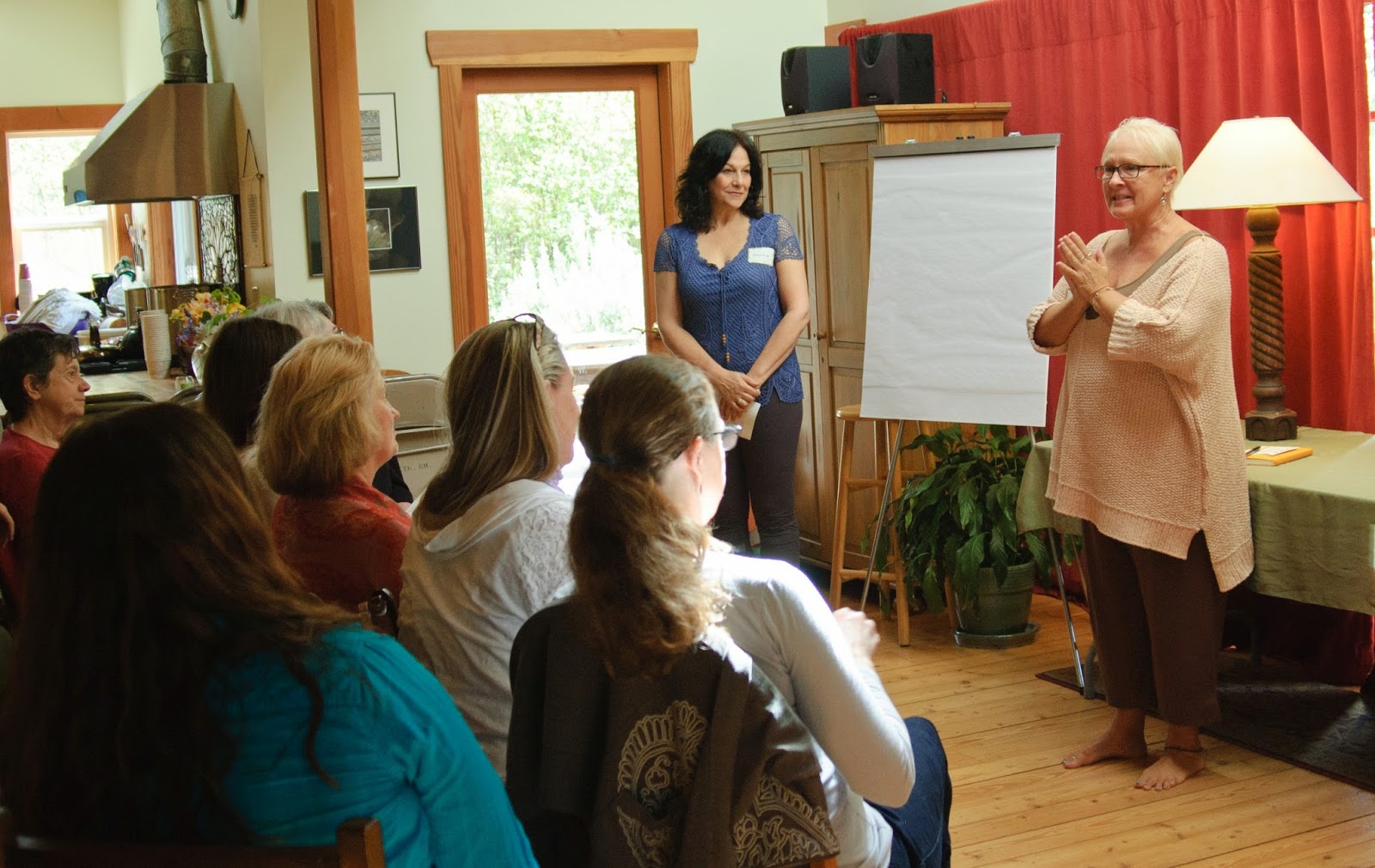Stillness is the spaciousness we experience when we quiet our minds, drop into our centers, and inhabit the present moment. It’s the opposite of a racing, multi-tasking brain working hard to accomplish tasks, hack solutions to challenges, or negotiate circumstances.
In living a spiritual life, stillness primes the pump for awareness, contemplation, and insight. Those of us who identify as seekers know that stillness beckons us, even if it doesn’t specifically point to a destination. It’s the medium for communication among the mind-body-spirit continuum.
And it’s available free of charge at any time of day or night, without making a big fuss. It’s available whether or not you have designated time or space for it. It is experienced by non-spiritual types as well as advanced yoga practitioners.
The ethos of meditation
Meditation evokes images of incense wafting, soft bells chiming, and crossed-legged devotees sitting on cushions in ornate shrines. It can seem foreign and inaccessible to those who haven’t studied with a meditation teacher.
The whole point of meditation is simple : to quiet the mind and to access what is available in the absence of engaging in our thoughts. We focus instead on our breath, and in addition to significant relaxation, we drop into stillness.
Meditation is a practice, and those who are serious about it make time for it every single day. The benefits are what keep them committed to the practice. What’s not true is that meditation can only yield results if it is done in a specific and regulated way.
Non-meditators (of the cross-legged, silent sitting type) have equal access to the delicious reward of mediation; stillness. It’s all in the ask.
Finding time for stillness
What if you’re not willing to commit to a daily practice of sitting still? How can you find your way to the spaciousness you crave, especially given the high-speed reality of your life?
Here are ten ways to cultivate stillness within a busy day. Try one or several, and see what you find:
1. Create a morning routine
The way you start your morning can have a powerful impact on your day. Rather than jumping out of bed once your alarm goes off, give yourself 10 minutes to bring yourself from sleep to wakefulness. With your eyes closed, breathe deeply and consciously as you stretch your body. Harvest any information you want to remember from your dreams. Sit up in bed, and notice each inhale and exhale for 10 breaths. Open your eyes when you are ready to start the day.
2. Generate a daily gratitude list
Find time each day to write down 5 things for which you are truly grateful. They can be tiny or monumental. Try to be sure you’re not repeating the same things each day. As you complete the list, read it to yourself and then spend a few moments absorbing your gratitude.
3. Take three breaths
At any point – and hopefully several times – in your day, take a time-out to breathe. Inhale and exhale to a count of 10, three times. Notice the tangible physical result of this practice, as well as the quality of mind it invites. Great opportunities for three breaths: while on hold, in an elevator, driving car pool, after a stressful encounter.
4. Feel your feet
Tap into the wisdom of your body, which is a direct channel to stillness. Stand up and give yourself over to the experience of feeling your feet on the floor. Notice the weight of your body on them. Notice the sensation of contact with the earth, with the floor, with your shoes. Rock back and forth and notice how well they support you.
5. Turn off one of your senses
Close your eyes and give yourself over to listening. What is immediately obvious to you, and what do you hear in the background? What do you notice, the longer you listen? Be absorbed completely in the sounds you experience.
6. Practice mindfulness
As Thich Nhat Han, the Vietnamese Buddhist teacher advises, “only do the dishes”. Play with ONLY drinking tea, ONLY eating a sandwich, ONLY taking a shower. When thoughts arise, notice them but don’t follow them, and come back to what you’re doing. Stay with that one thing. Notice the details of that one thing that are available when you turn off all other distractions.
7. Allow for inspiration
Read a passage from a spiritual book or poetry collection. Read slowly, ingesting each word. Copy it down if it moves you. After you read, close your eyes and allow the words to settle on you. Appreciate the space it clears.
8. Create a mantra
Mantras are simple phrases that jar us out of habitual thinking and center us on one particular wish or desire. Create a short phrase that resonates for you, and say it silently or out loud several times a day. Close your eyes and allow it to be absorbed.
9. Set an intention
Call in stillness with a clear and directive intention. What do you want to feel as a result of being still? Name it and claim it. Write your intention out, say it out loud, and have reminders of it around you so you can actively invite it to your busy life.
10. Be still for 2 minutes
Even if you don’t sit in silence for 20 minutes, you can still find the solace you seek in dropping everything for a few minutes. Set a timer, find a comfortable position in a chair or on couch, and simply sit. Follow your breath, not your thoughts. When the timer goes off, thank yourself for taking the time and gently transition back to your day.
Do you have suggestions for finding stillness when you don’t have time for a retreat or even a daily home practice?
Please share your ideas below!

















